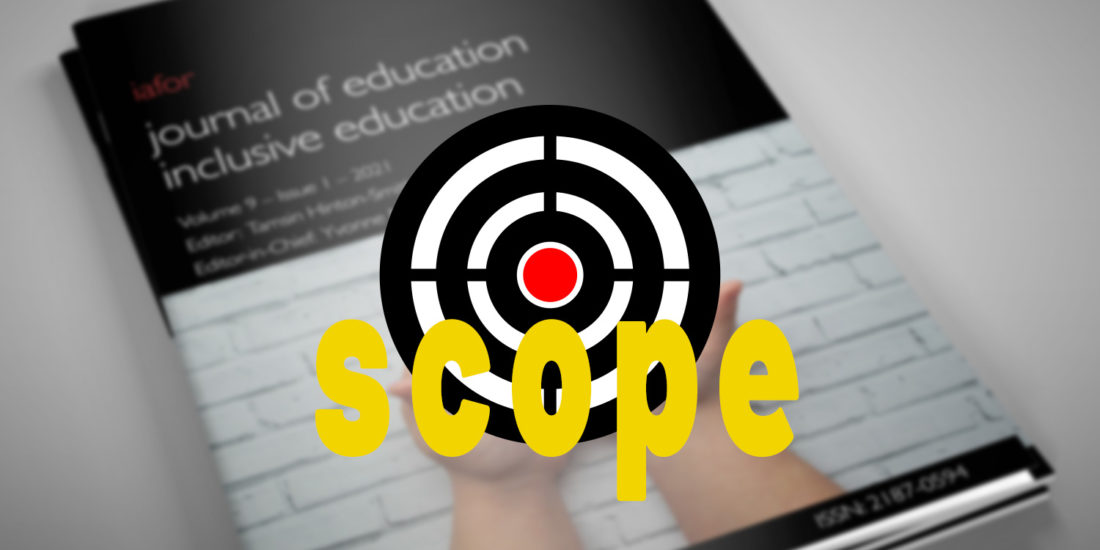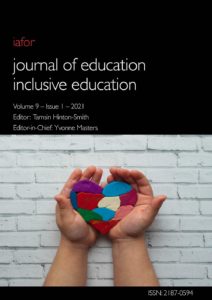Quite some time ago, in fact way back in March before the world went so topsy turvy, I wrote about the need to check the aims and scope of journals. However, I am revisiting that blog now with a very specific purpose in mind.
 Inclusive Education Problem Submissions
Inclusive Education Problem Submissions
Submissions are currently open for our Inclusive Education issue, due to be published early next year. To date, in little more than 2 weeks we have received 28 submissions. The problem is that 18 of them, 64%, have been out of scope. This means that they have been about something that isn’t inclusive education.
I wrote back in March the following:
“A 'scattergun' approach (where you submit anywhere in the hope of being published) is not sound practice. Like in darts, your article needs to hit the journal’s 'bullseye': it needs to fit within the journal’s interest area. For example, a submission that is about building bridges, will not be acceptable in a journal dedicated to education. More importantly, a paper about how to teach differential calculus will not fit the scope of a journal issue dedicated to technology in education. … Each issue of the IAFOR Journal of Education has its own aims and scope and these can be found in the tabs on this page: https://iafor.org/journal/iafor-journal-of-education/about/”.
If you are going to submit to the Inclusive Education issue, your paper must fit its aims and scope.
Aims and Scope of Inclusive Education
The Editor and Associate Editors of Inclusive Education have provided a detailed explanation of the kind of papers that they are looking for. The aims are outlined and then there are 30 indicators of what papers might be about. All of this can be found at the link above. I have included here the brief summary that is at the top of that page, which describes very precisely what the issue is about.
“The IAFOR Journal of Education: Inclusive Education encourages exploration of significant themes, exceptional programs and best practices in the inclusion of students from different and diverse backgrounds in education. This can include, but is not exclusive to inclusive approaches to gender, sexuality, ethnicity, culture, religion, disability and age in different education contexts”.
Please only submit papers that fit the brief as ‘inclusive education’ does not mean that it the issue includes any topic: this is a very specific educational term!
We look forward to receiving on-topic papers until 9.00am JST on Friday, November 20.
Yvonne
Dr Yvonne Masters
Editor-in-Chief
IAFOR Journal of Education
JoE is an internationally reviewed and editorially independent interdisciplinary journal associated with IAFOR’s international conferences on education. Like all IAFOR publications, it is freely available to read online, and is free of publication fees for authors. The first issue was published in May 2013, and the journal will publish four issues in 2020.
Indexed in: Scopus, DOAJ, ERIC, EBSCO Discovery Service, MIAR, TROVE, Scilit, SHERPA/RoMEO, WorldCat, Google Scholar, and Ulrich's™. DOIs are assigned to each published issue and article via Crossref.


 Inclusive Education Problem Submissions
Inclusive Education Problem Submissions